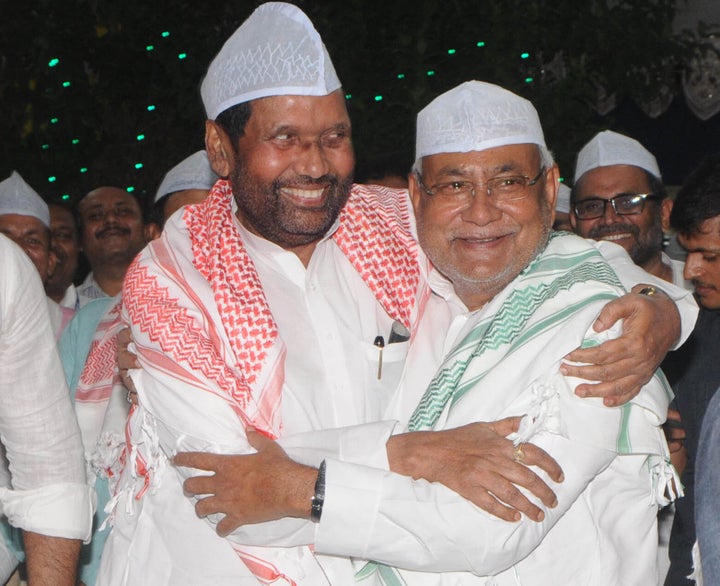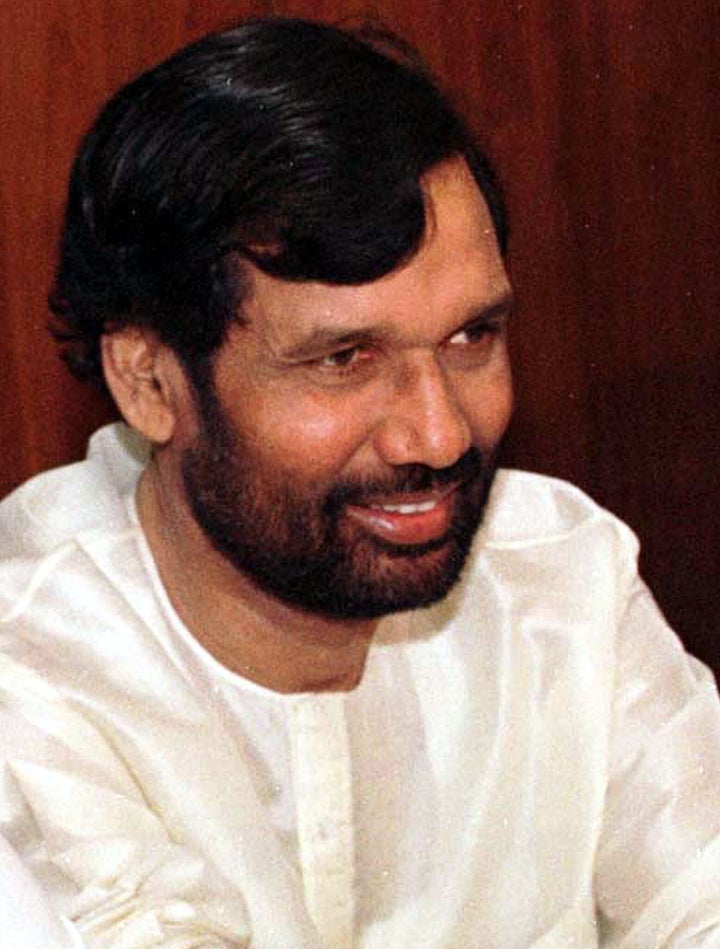
NAGPUR, Maharashtra — When the Supreme Court diluted sections of the Scheduled Caste and Scheduled Tribes Prevention of Atrocities Act 1989 in March 2018, it sparked protests across the country.
A few months later, the Narendra Modi government reversed the Supreme Court decision through an amendment bill in parliament. One cabinet minister played a key role in convincing the Modi government of the importance of retaining key provisions of this act — Union Minister for Food and Public Distribution Ram Vilas Paswan. Paswan quietly made sure the Modi government reversed the Supreme Court judgment but did not receive the credit he deserved.
Paswan’s intervention on the Atrocities Act in 2018 was of a decades-long pattern of exercising quiet but significant influence by working the levers of India’s ponderous Parliamentary system.
Thirty years previously, in 1989, he was the minister for Labour and Welfare in V.P. Singh’s cabinet when his government passed the original Scheduled Caste and Scheduled Tribes Prevention of Atrocities Act and the landmark implementation of the Mandal committee recommendations which paved the way for reservation for Other Backward Classes (OBCs). The V.P. Singh government also posthumously awarded the Bharat Ratna to the architect of the Indian Constitution Dr. B.R. Ambedkar.
Paswan was a key player in each of these moments. Paswan was also one of the few politicians to withdraw from the Vajpayee government after the Gujarat riots of 2002. And Paswan was also a politician who subsequently threw in his lot with Narendra Modi, who was the Chief Minister of Gujarat at the time of the riots.
In the long sweep of history since his first stint as a Union Minister in 1989, Paswan was part of every single central dispensation with the exception of P.V. Narsimha Rao’s government. While his critics saw this as a reflection of an absence of political convictions, Paswan’s political legacy is better seen as an ambitious experiment to find space for an emancipatory agenda in the context of a political establishment openly hostile to Dalit political assertion.
In the process, Paswan emerged as a pragmatic politician who often transcended ideological walls to emerge as one of the most successful Dalit politicians of his generation.
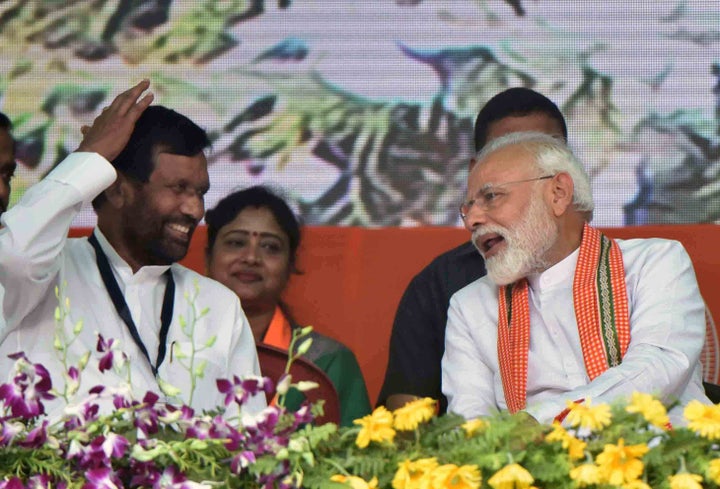
Humble Origin
Ram Vilas Paswan was born in 1946 in Shaharbani village in Bihar’s Khagaria district, the eldest son of Jamun Das, a small farmer. He graduated from Kosi college in Khagaria and then went to Patna for his postgraduate degree.
In 1968 Paswan cleared the state services exam and qualified to become a Deputy Superintendent of Police. In a now-famous anecdote, a friend asked him if he wanted to take the police job and become a government servant, or join politics and become the government itself. Paswan chose the latter.
In 1969, Paswan contested the Bihar state elections with a ticket from the Samyukta Socialist Party – a short-lived breakaway faction of J.P. Narayan’s Praja Socialist Party. The Samyuka Party’s General Secretary at a time was a young firebrand socialist named George Fernandes.
Five years later, Fernandes would become a household name as a leader of the famous 1974 Railway strike.
Paswan was only 23 years old when he fought the 1969 elections, contesting at the Alauli seat against Congressman Mishri Sada. Paswan won by over 700 votes. In 1977, he contested from Hajipur where he won by over 4 lakh votes — a feat that was recorded in the Guinness Book of World Records. But his big break came in 1989 when he was inducted into V.P. Singh’s cabinet.
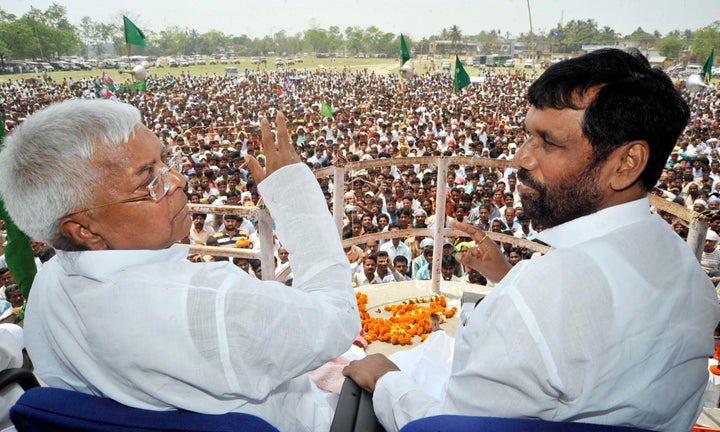
In the years that followed, Paswan saw himself as a national politician rather than a state-level leader, or — more narrowly — a Dalit politician. Unlike Ramdas Athawale or Mayawati who remained rooted in their states, he saw Delhi rather than Patna as his political home.
He retained a loyal following amongst the Paswan Dalit community but often said that Schedule Caste politics would have to co-exist and form alliances with dominant caste forces. In 1993, for instance, he formed a front called the Dalit Sena, but when he formed a political party in 2000 he called it the Lok Jan Shakti Party to ensure the party wasn’t restricted to particular caste identity.
“Paswan was interested in electoral politics but he was not keen on board-basing the politics of Dalits and he wanted to remain too much of a national leader from Bihar… Paswan never subscribed to Kanshiram’s politics of confrontation and promoting only fellow caste persons. He also found some of Kanshiram’s slogans downright casteist and offensive. A scheduled caste leader became Bihar CM either because of political uncertainty or as a matter of compromise choice. Ramvilas Paswan could have changed the template of his image of an inclusivist politician had he taken interest in state politics.” Bihar based senior journalist Santosh Singh writes in his book ‘Ruled and Misruled’ while explaining Paswan’s political outlook.
Throughout the 2000s, Paswan was the third pole of Bihar politics – often jockeying for position and power with Nitish Kumar of the Janata Dal (United) and Lalu Prasad Yadav of the Rashtriya Janata Dal.
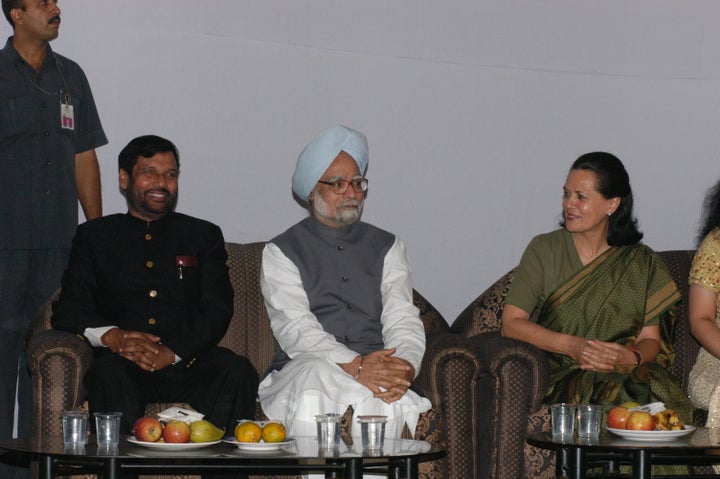
“I had never been on good terms with Nitish since he had taken to national politics,” Paswan once told journalist Santosh Singh.
Paswan was disappointed when his ministry in the Atal Bihari Vajpayee government was changed without informing him and blamed Nitish Kumar for it.
Similarly, when Sonia Gandhi was forced to give railway ministry to Lalu Prasad Yadav in 2004 despite promising it to Paswan before the election, the astute politician did not make any public statement but next year put up candidates against Lalu Prasad’s RJD in Bihar assembly election.
Paswan died on October 8, 2020, three weeks before Bihar’s latest state election. Much has changed since 1968 when Congress was the dominant player in national politics; the legacy of the socialist movement has been appropriated and folded into the Bharatiya Janata Party’s authoritarian agenda. Nitish Kumar and Lalu Prasad Yadav are still duking it out, but there is a clear sense that this is the last election in which they retain any relevance.
Paswan’s son Chirag has emerged a wild card in this election — breaking away from the BJP-JDU combine, only to indicate his willingness to ally with the BJP post elections. The results, once they are out, will offer an insight into the resilience of Paswan’s way of negotiating India’s complex social and political terrain.
